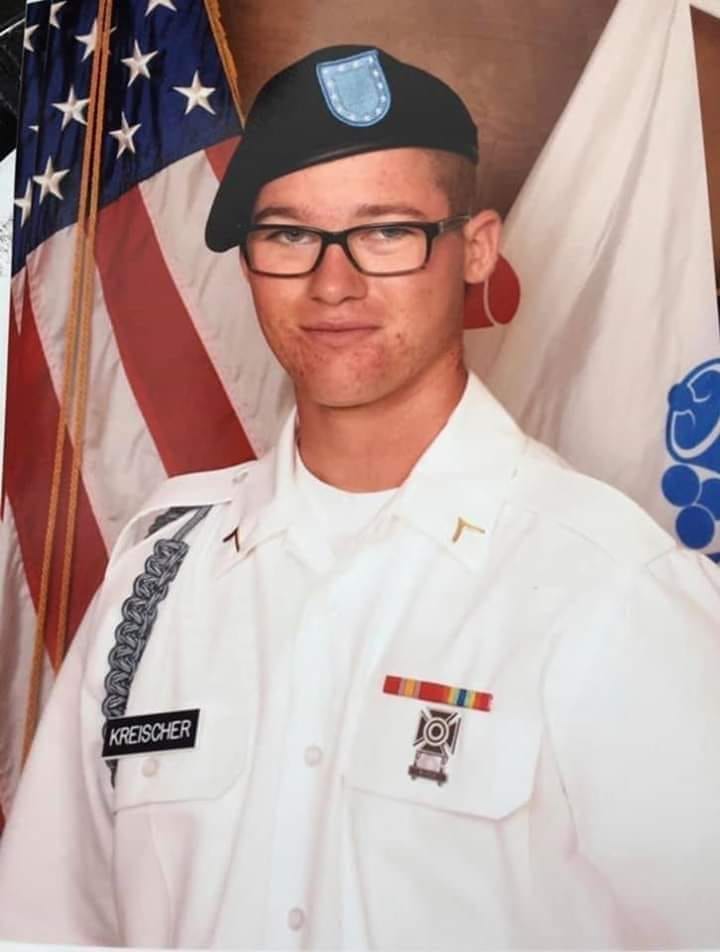“This crusade, this war on terrorism is going to take a while, and the American people must be patient, I am going to be patient” – George W. Bush- September 16, 2001
Jay Kreischer, of Stryker, Ohio, was only a toddler when the Twin Towers fell in the 9/11 attacks. In July 2019, he died at the age of 20 from combat injuries sustained in Afghanistan’s Uruzgan Province. Now, he is among the first Americans of Generation Z to perish in the conflict.
Almost two decades after the initial invasion of Afghanistan, the fourth consecutive generation of Americans is now being tossed into the never-ending saga of Middle Eastern interventions.

From the onset, these conflicts have been plagued with vague objectives and constantly moving goalposts.
The most defiant resistance against American forces came from Al Qaeda and the Taliban in Afghanistan, and ISIS and its predecessors in Iraq. This only scratches the surface of the myriad of factions active across the many countries involved in America’s “Global War on Terror.”
In nearly every case, each major faction that the U.S. has fought holds more influence now than they did when the wars began.
Amazingly, 24 percent of Americans, those who were born after 9/11, have never experienced a world where America was not at war. To date, the total direct action deaths resulting from these conflicts nears half a million. This is without counting the many deaths indirectly caused by these conflicts due to famine and disease.
In addition to these staggering numbers, at least 21 million people have been displaced as a result of American military intervention. This is greater than the entire population of the New York City metropolitan area. Thus, the human toll of these wars reaches beyond the battlefield and threatens the livelihood of future generations.
In addition to the nearly 15,000 Americans killed in action, these wars have represented an astronomical burden on the American economy. Close to 6 trillion dollars have been drained from the pockets of Americans to support these seemingly endless conflicts. That figure approaches one-third of the United States GDP, clearly illustrating the unsustainable nature of continued American intervention.
Despite the steep human and financial costs, these wars have continued through three presidential administrations with no clear objectives or end in sight. More recently, special interests have rattled the war drums in an effort to expand the conflicts to include Iran and its allies, a decision that would kill millions and ruin the American economy.
There has never been a more urgent time for Americans to demand that their government cease these fruitless operations in the Middle East. For good. The only silver lining to the decades of destruction is that domestic support has tanked while war fatigue has reached a critical mass.
A 2018 YouGov poll found that 53 percent of Americans do not believe that the U.S. has a clear strategic objective. That number reaches 60 percent among veterans who have witnessed these wars first hand. Perhaps the most striking figure is the 57 percent of Americans who said they would support President Trump if he pulled out of these wars.
Now, more than ever, even older Americans are growing tired of sending their children and grandchildren to fight a perpetual war, with younger Americans sharing their skepticism.
Last year, for the first time since the invasion of Afghanistan, the military fell thousands of enlistees short of its recruiting goals and has expressed concern that it cannot maintain a large enough force to continue these interventions.
This dying support for war across the board helped Ron Paul (R) raise more funds from veterans during his presidential campaigns in 2008 and 2012 than all other candidates combined.
Similarly, former Democratic presidential candidate and service member Rep. Tulsi Gabbard (D-Hawaii) was able to surf the same wave of anti-war sentiment. This in part continues to contribute to her broad appeal.
Given the tragic effects of these conflicts, the dying support for war in general, and the current political climate, we can only hope that we are witnessing the last page of a truly dark chapter in the history of American foreign policy.
To find more content on related themes, you can check out our ‘Peace, Love, Liberty’ pillar page by clicking on the button below.